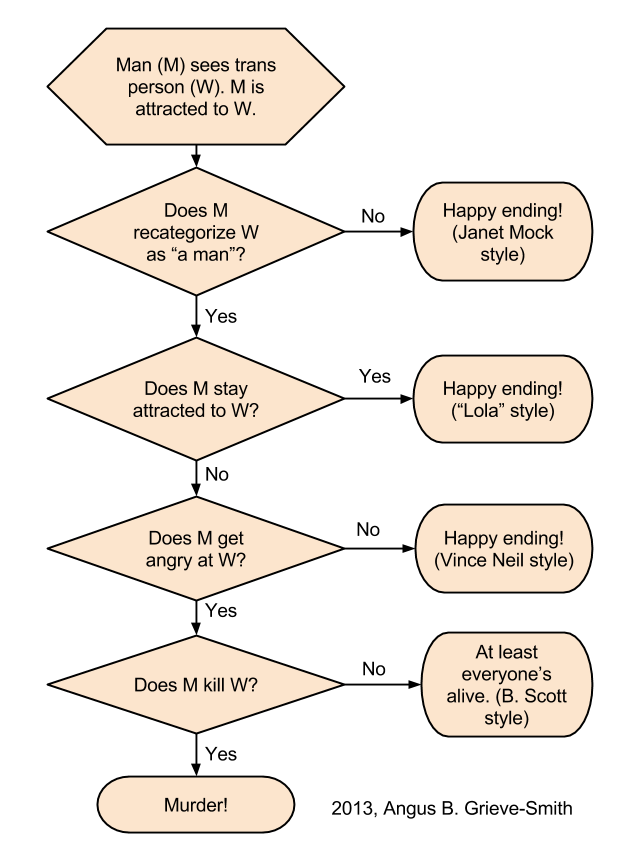In my family, when we celebrate Passover we often have non-Jewish friends join us for dinner. Enjoying their company in an overtly Jewish context helps to defuse potential prejudice, and the specific activity of the night, the retelling of the story of slavery in Egypt and our exodus from it, gives them the opportunity to condemn the slavery and in turn reaffirm their tolerance for us and our different practices.
I should point out here that I’m actually not that different from our guests, being half-Scottish and pretty well assimilated. Like most American Jews, I don’t do much outside of Passover and Hanukah. My Jewishness is much more a matter of cultural heritage than religious belief. I checked online and this inviting non-Jews is apparently a relatively new tradition: there are some people who believe that non-Jews should never participate in a Seder, because it involves sacrificial lamb meat. The rabbinical consensus seems to be that since the Romans destroyed the Temple there’s been no such thing as true sacrificial lamb, and Paschal lamb is just a tasty symbol.
The reason I’m telling you about our tradition of sharing Passover is to note that we do not challenge the separate identities of our non-Jewish friends. We do not ask them to believe in our god or pray to him. We do not ask them to believe the plagues and miracles. We don’t give them a hard time if they fail to use the proper forms of addressing our god, including capitalization.
We simply ask our friends to accept the historical aspects of the story, and to reassure us that they do not approve of enslaving minority populations. We give them the opportunity to reaffirm their acceptance of us as friends and neighbors, deserving of respect and equal treatment.
I propose that we as trans people do the same with the annual Transgender Day of Remembrance. This is a day (November 20), when we talk about those of us who have been killed, for being trans and presenting as women, and often for being poor at the same time, for not being white, for being immigrants, for loving men and having sex with men.
We trans people are diverse, but we have a lot in common with each other and with lesbians, gay men and bisexuals. Among our family, friends, spouses and lovers, there are many people who share goals with us. Those are the people we want to have by our sides when we are fighting for our goals, celebrating our lives, or supporting each other. Like most trans people I know, there are times when I want to be treated like my target gender (a woman), with the appropriate pronouns and facilities. These are the people who are most likely to treat me this way.
The problem is that a lot of trans people treat alliances like they’re black and white. You’re with us or you’re against us. You believe in essentialism and determinism, and you support our entire agenda, or you’re worthless. I understand why people use these ideological tests to screen allies: someone who doesn’t believe that we’re even provisionally women (or men) is likely to bargain away some of our rights. You don’t want to depend on people who don’t really share your goals.
The key is that alliances are never permanent, and if you act like they are it’ll get you into all kinds of trouble. An alliance is not absolute trust, it’s just a recognition of shared goals. When you’re dealing with goals that aren’t shared, the alliance is meaningless.
As I wrote before, there is a large number of people who believe that we shouldn’t be killed for being trans. Not killing us is an idea with broad appeal. A lot of those people will not be on board with free surgery on demand, or birth certificate changes, bathroom rights or even using our preferred pronouns. But they are on board with not killing trans people. If we don’t let them show it, that’s our loss.
We should follow Incohate Erica’s principle of nihil de nobis sine nobis: feminine spectrum trans people who are poor, nonwhite, immigrants and sex workers should be at the center of any Day of Remembrance activities. They, not me, not other bloggers and authors, and not the leaders of mainstream service and advocacy organizations, are the ones most at risk, and they should be doing most of the talking. And their loved ones, who also suffer greatly, should share center stage.
We trans people who are not most at risk should participate too, out of solidarity and because every once in a while one of us gets killed too. Our dependable allies should be there too. But on this day, and on this day most of all, we should reach out beyond our normal alliances and build new alliances around the shared principle of not killing us.
This year Queens Pride House will be observing the Day of Remembrance a day late, on November 21. I will attend, and I have made the case to other members of the support group that we should reach out beyond our normal comfort zone to people who are on board with not killing us, but maybe not much else. I hope you will consider doing the same. If you’re not trans, check with your local Day of Remembrance organizers to see if you’d be welcome. And consider writing a blog post or an editorial that will reach people who might not normally think about this issue, making it clear that you don’t think anyone should be killing us. They need to hear that.







